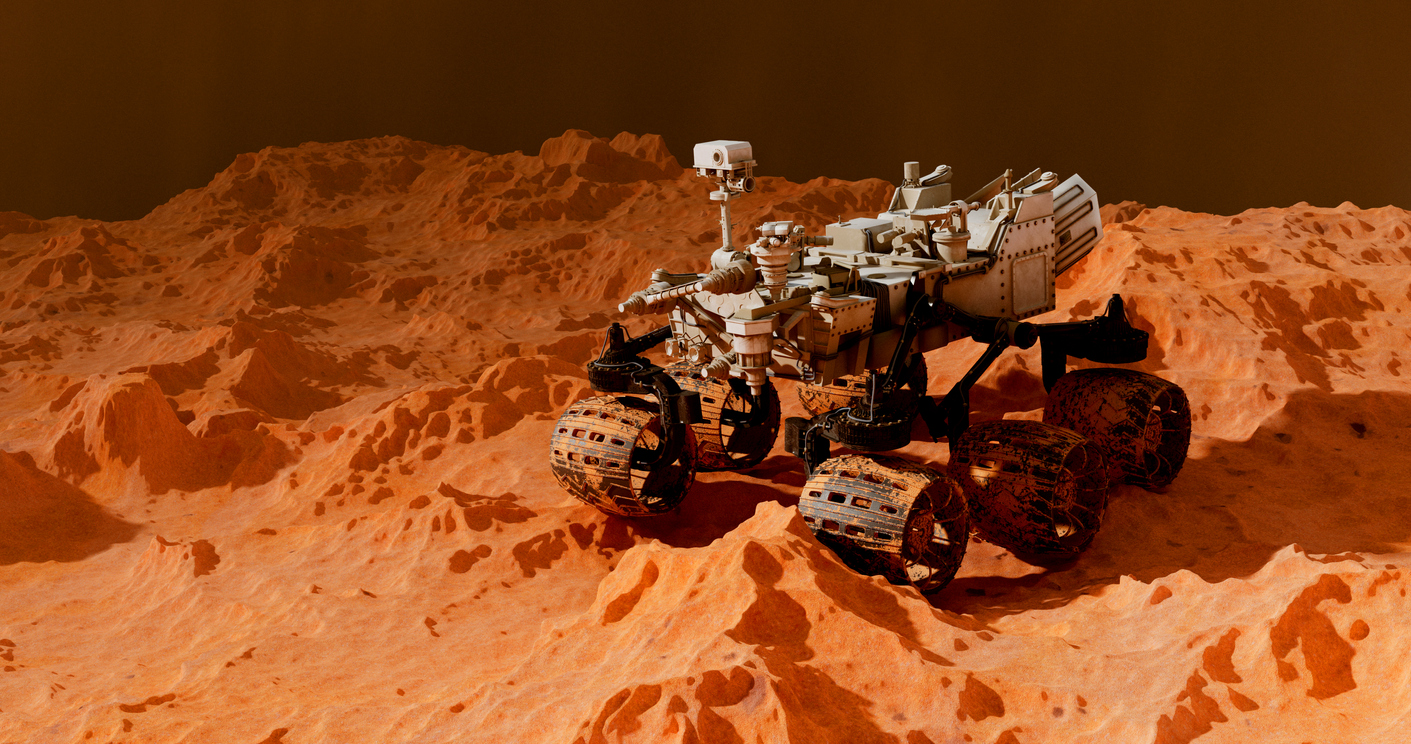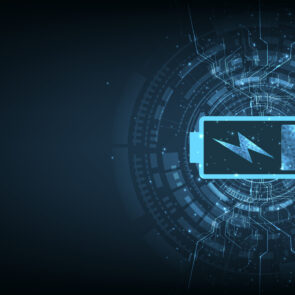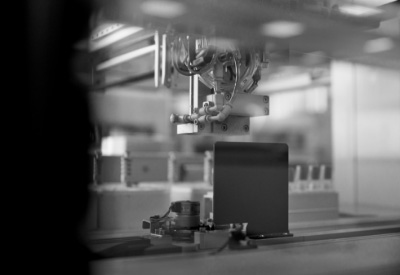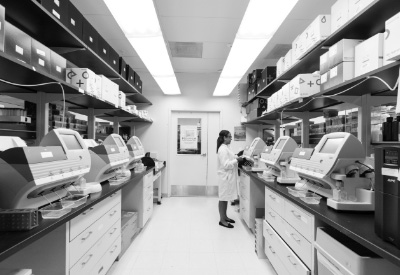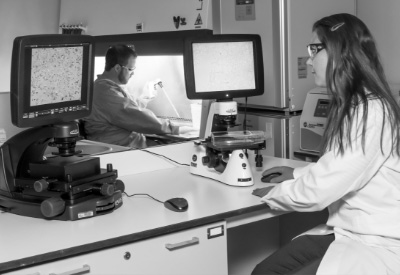July 2023 | Tips & Information
Developing a Cutting-Edge Mars Battery: Revolutionizing Power for the Exploration of the Red Planet
Robotic missions to Mars have a long history, dating back to 1971’s successful touchdown of the Mars 3 lander. The success of the robotic exploration of Mars is inherently tied to the quality and capabilities of onboard power sources. In simplest terms, a rover is only as good as its battery.
NASA is constantly seeking to develop the latest and greatest space batteries to surmount prior technological limitations and drive further discovery. Mars continues to pose its own set of unique battery challenges. As human exploration of the red planet appears increasingly achievable, the demand for innovative power solutions has become more urgent than ever.
Why Batteries Matter on Mars
Using durable, long-lasting batteries has been a top priority throughout the history of spacecraft development. Space presents a unique set of challenges that batteries must overcome, including intense launch conditions, extreme temperatures, and radiation exposure. Spacecraft close to Earth, such as satellites, can potentially be repaired, but probes, landers, and other spacecraft sent to the far reaches of our solar system currently rely on an onboard battery for power for the duration of their operational lifespan.
Mars, our neighboring planet, has been extensively explored by robotic missions and continues to be a primary focus in planetary exploration for NASA and other space agencies across the globe. To adequately prepare for future Mars missions, it is crucial to intensify research endeavors into robust and long-lasting spacecraft batteries.
The development of the new NASA solid-state battery serves as a recent illustration of the agency’s ongoing commitment to creating revamped batteries that outperform current options in terms of weight, safety, and performance.
Examples of Batteries on Mars
Robotic devices on Mars rely on batteries to power movement, onboard scientific equipment, and establish communication links with orbiters or Earth. Studying previous rovers’ power systems can provide valuable insights and lessons to inform future missions.
Spirit and Opportunity
Spirit and Opportunity were twin rovers that landed on Mars in 2004 as part of the Mars Exploration Rover (MER) mission. These rovers employed specialized lithium-ion batteries optimized for high wattage output while relying on solar energy for recharging. Due to the lithium-ion batteries’ inability to function in Martian nights’ frigid temperatures, they had to be stored in onboard “warming boxes” for proper operation.
The fate of both Spirit and Opportunity underscores certain drawbacks associated with lithium-ion power sources. NASA lost contact with Spirit in 2010, most likely due to the failure of its survival heaters caused by extremely cold conditions on Mars. Opportunity remained operational until 2018 when the rover was engulfed in a planet-wide dust storm that blocked sunlight and hindered the rover’s ability to collect sufficient energy through its solar panels. Even after the storm subsided, NASA couldn’t establish a connection with the rover, likely because of the accumulation of dust on its solar panels.
Curiosity and Perseverance
NASA’s active Martian rovers, Curiosity and Perseverance, employ a unique radioisotope thermoelectric generator developed by NASA called a multi-mission radioisotope thermoelectric generator (MMRTG). MMRTGs convert heat generated by the natural radioactive decay of plutonium into electricity, which is subsequently utilized to charge the onboard lithium-ion batteries.
While the rover battery offers the advantage of being independent of solar energy, it also presents notable limitations due to its limited operational lifespan and considerable size, measuring slightly over 2×2 feet and weighing nearly 100 pounds.
Ingenuity
NASA’s Ingenuity, a small four-pound helicopter, made headlines as the first aircraft to achieve powered, controlled flight on another planet. Ingenuity was initially attached to the Perseverance rover, utilizing the rover’s power supply to charge its six lithium-ion batteries.
Since its deployment, Ingenuity has exclusively depended on solar power to recharge its onboard batteries. However, this reliance on solar power exposes it to the inherent risks of dust storms and lithium-ion batteries’ natural degradation.
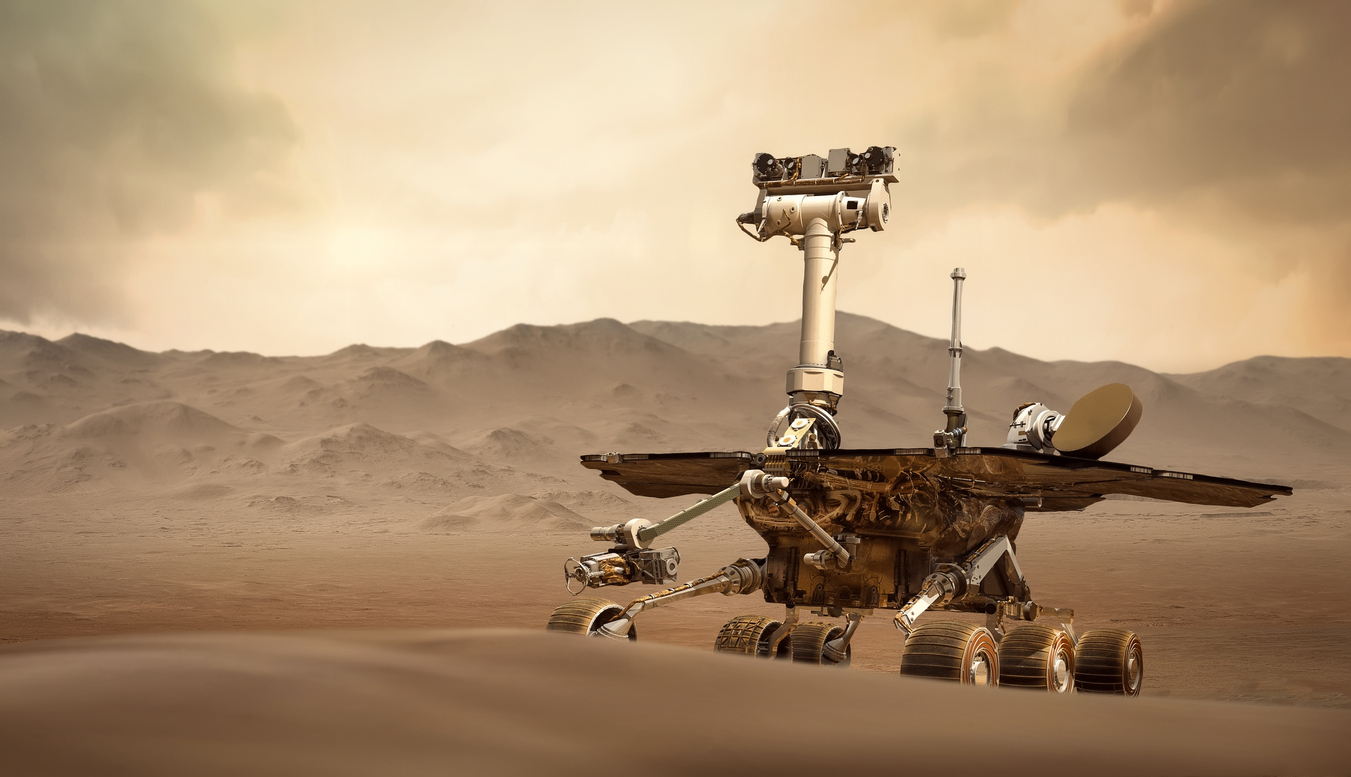
Powering Human Exploration of Mars
NASA’s Artemis mission will lay a valuable foundation for identifying science objectives that can be uniquely accomplished through human exploration. NASA’s Moon to Mars initiative aims to forge partnerships with commercial and international entities, leveraging the knowledge acquired from the Artemis mission to propel extraterrestrial human exploration to unprecedented levels. The ultimate goal is to achieve a groundbreaking boots-on-the-ground mission to Mars.
A recent report from NASA’s early planning efforts for the human exploration of Mars highlighted several crucial capabilities necessary for achieving core science objectives. These include long-lasting surface power, crew mobility through electric vehicles, surface communication, standard instrumentation packages, and technologies to facilitate robotic scouting, sampling, long-term stationary science, and drilling.
These findings underscore the significance of robust, long-lasting power sources as a primary science priority for NASA’s human exploration endeavors. Additionally, they highlight the crucial role of lightweight and compact power options, considering the inherent space and mass constraints associated with such missions.
How City Labs Can Help NASA Put Humans on Mars
City Labs is a renowned global leader in the development of nuclear batteries for cutting-edge technological applications. Our patented NanoTritium™ batteries provide unmatched versatility, durability, and longevity, positioning them as the optimal choice for powering space exploration.
NanoTritium™ batteries are extremely lightweight and compact power sources for microelectronics with a remarkable continuous runtime of over 20 years. These batteries have undergone rigorous internal and external testing to validate their durability in challenging conditions, such as their capacity to withstand extreme temperatures ranging from -55°C to 150°C, their exceptional resistance to intense vibrations commonly encountered during launch scenarios, and their resistance to space’s intense radiation that can easily lead to permanent microelectronic damage or catastrophic failure.
Recognizing the advantages of City Labs’ power sources, NASA has partnered with us to co-develop groundbreaking batteries to power the next generation of microelectronic devices for space-based applications. While a human-led journey to Mars may still be a distant goal, the development of the technology required to enable it is already underway at City Labs.
We are committed to leading the way in the nuclear battery and microelectronics industries via the continuous development and enhancement of innovative power solutions. We look forward to seeing our efforts realize humanity’s longtime dream of setting foot on Mars.

